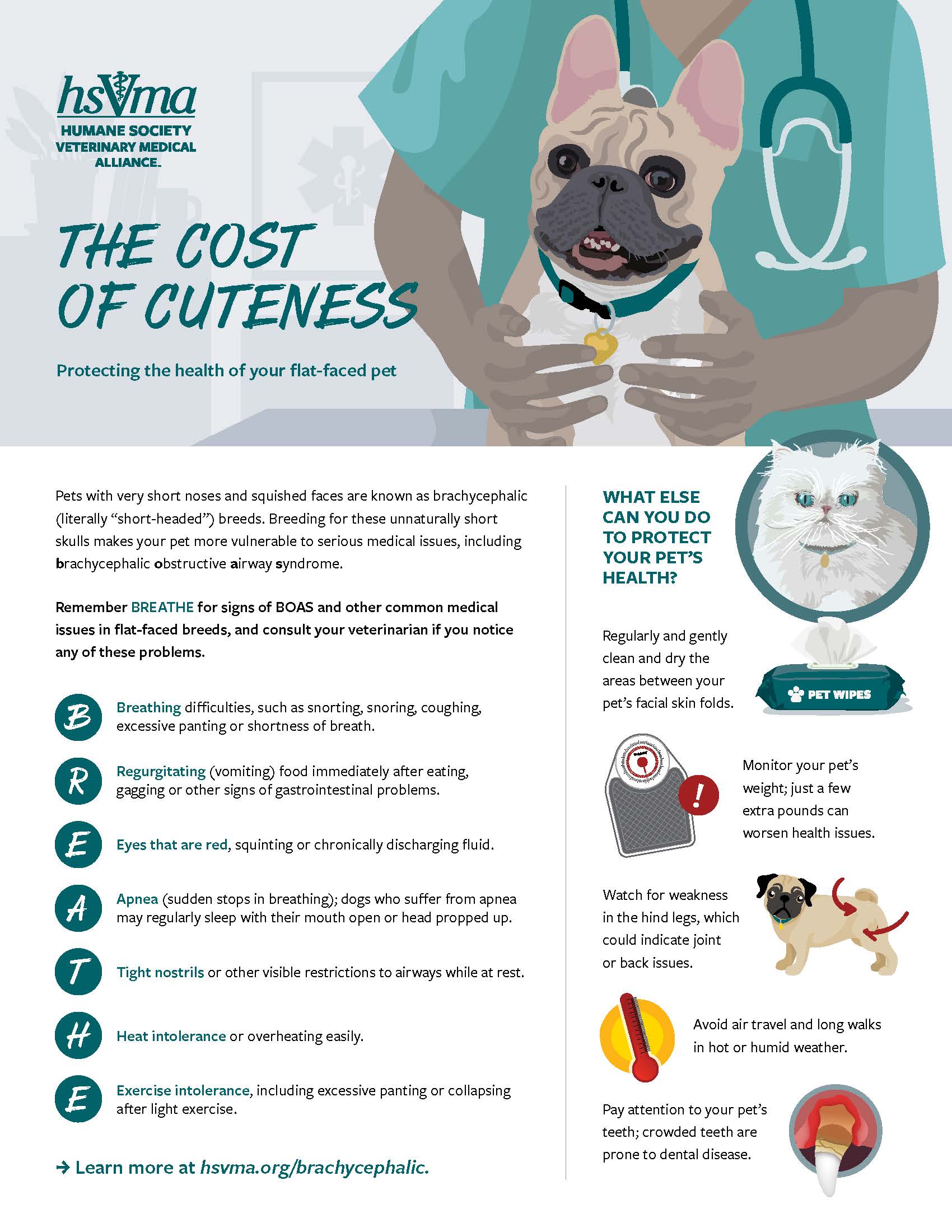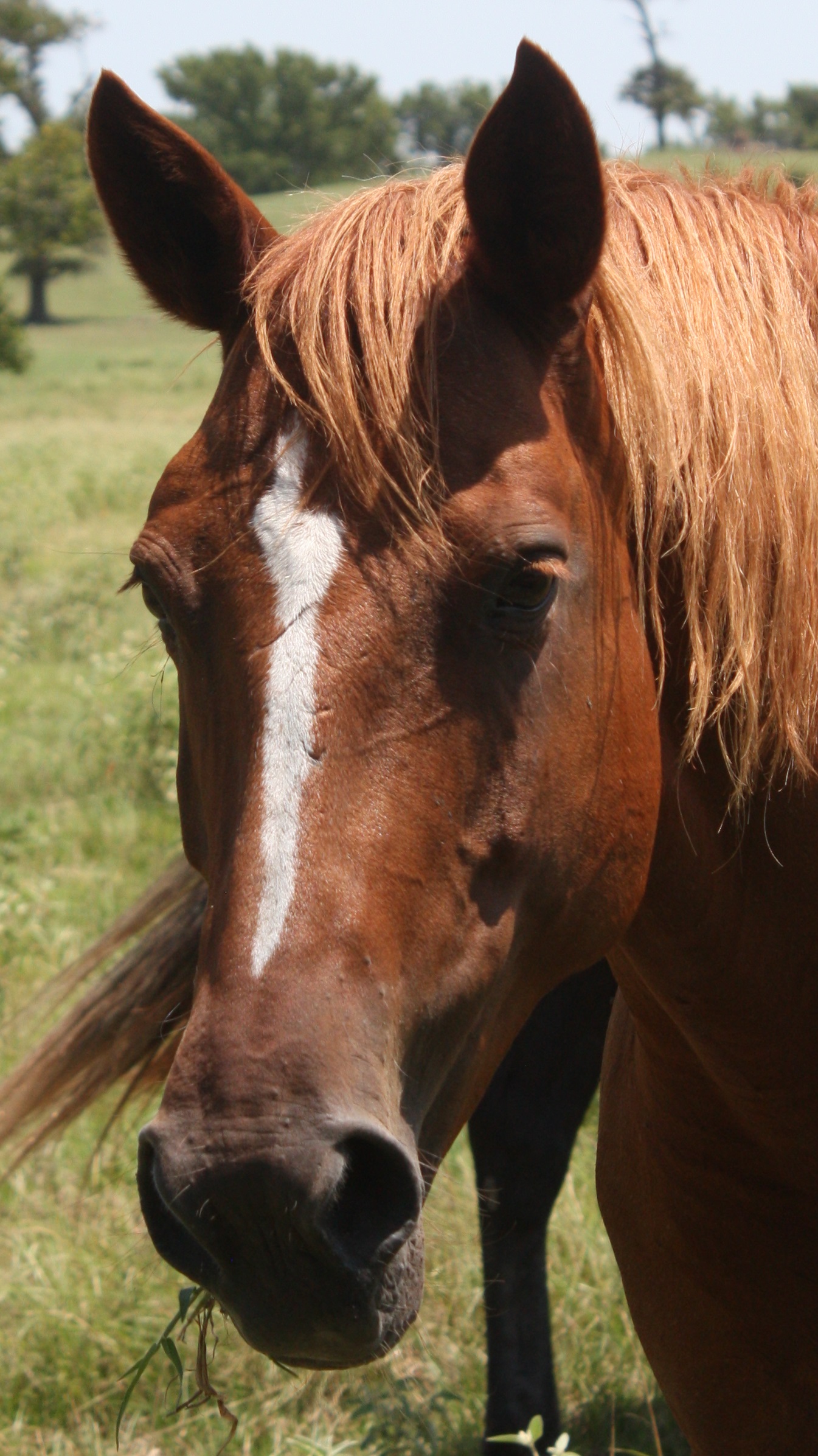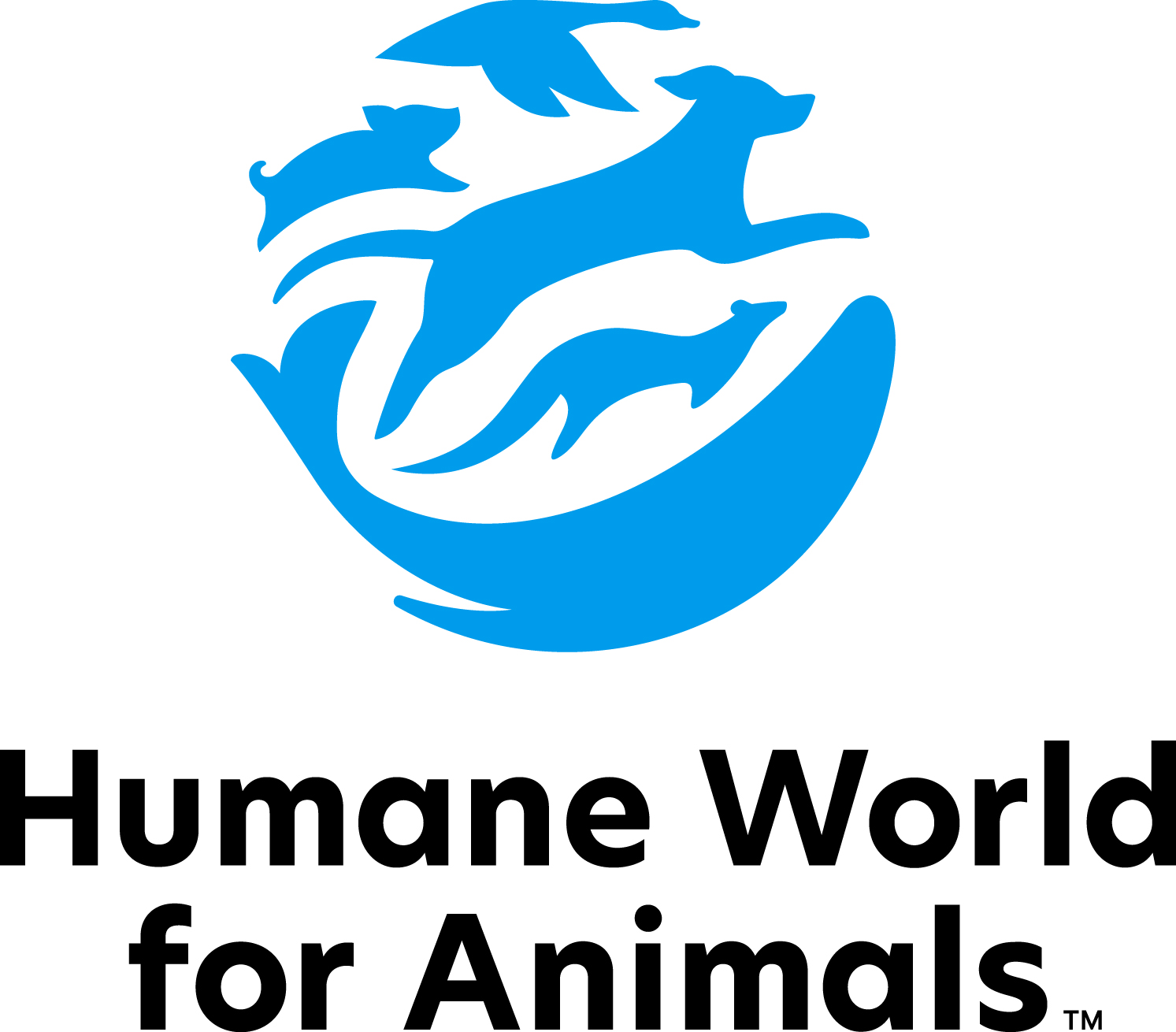|
HumaneVMA Mission: Humane Veterinary Medical Alliance uses its expertise and resources to advance animal welfare via leadership, advocacy, education and service. Humane Veterinary Medical Alliance is the veterinary division of Humane World for Animals. HumaneVMA membership is open to veterinarians, veterinary technicians and students in either discipline. Learn More |






